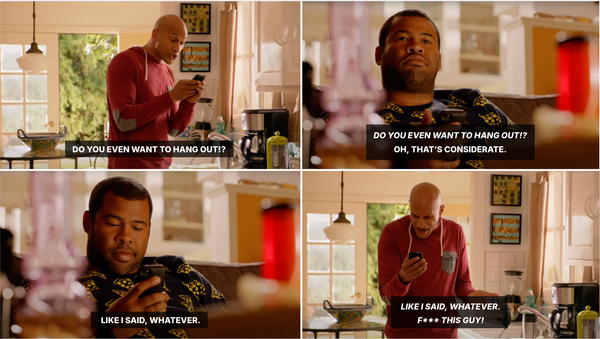Five Ways to Improve Your 1:1 Meetings
A short, actionable guide to making the most of 1:1 time.

If you don’t know this by now, we take calendar management very seriously over here. An out-of-control calendar can be a real barrier to getting work done.
Most of the teams we work with are overscheduled, underprioritized, and overwhelmed. For leaders, one theme we see time and time again: senior leaders spend a LOT of time each week in 1:1s. Specifically, 1:1s with their direct reports.
When done well, these sessions can be hugely additive to career growth, employee engagement, and work efficiency. When done poorly, they can feel repetitive and become a time suck… and we’d argue that most 1:1s are done poorly.
- They focus on the wrong content: Let us guess. You end up discussing project updates, reacting to next steps, etc, right? Doing this in a 1:1 reinforces siloes, and your other team members lose out on valuable information and opportunities for collaboration and integration. Plus, direct reports then feel the only way they can advance their projects or get the guidance needed for their work is to have a call with their boss.
- They become decision meetings: The direct report is bringing way too much to their boss to be the decider on. In the teams we’ve worked with, leaders report that they receive 64% more escalations for business and team decisions than they should. 64%!!
- They happen way too often: Weekly, right? And maybe even 45 minutes to an hour long? Multiply that by 4, 5, 6, or more direct reports, and ouch! That can quickly become close to 20% of your time on 1:1s.
- They’re not treated as protected time: Often, direct report 1:1s are the first thing to get moved when meeting conflicts arise. And for the first two reasons above, individuals are spending a lot of their time waiting for that 1:1 to get the guidance they need (or think they need. Or have been trained to need). Think of all that lost time just waiting for the meeting to happen…and then it’s rescheduled!
If you’ve been nodding along, here are five plays you can execute to make your 1:1s better starting now.
Treat these adjustments as tests - try them for a period of time, get feedback from your teams, and keep evolving so they continue to serve you and your team.
1/ Reintroduce the purpose and agenda of your 1:1s
They’re not about work minutiae or status updates; they’re about your team members, their needs, their growth, and their overall workload.
We like the following questions to guide your conversations but remember to leave room for your direct report to use to time for their needs.
- How can I help you prioritize your workload? What clarity do you need from me?
- What can I do to support you in your role?
- How is the team doing? Do they have any suggestions on the way the team works together?
- What do you want in your career? What can I do to support you in your broader career growth, beyond this role? Can I introduce you to anyone from my network? Share insights and learnings? Help you in finding additional learning opportunities?
- What feedback do you have for me?
Bonus: If project questions do come up, try to redirect them to the right decision maker or support your direct by bringing them to another meeting or channel – think Teams Chat, Slack, discussion with another leader.
2/ Change up the cadence
If you currently have weekly 1:1s, switch to biweeklies to start. Then, try monthly. Do your best to have the same cadence and duration across all your direct reports.
3/ Make yourself available elsewhere to discuss projects
The point is to think beyond just meetings. What are the other channels that exist and are being underleveraged? Can tools help streamline the process? What are other habits you can adopt to improve?
You may already have a weekly direct reports meeting or the team has a project standup that would benefit from you joining - start by understanding moments that exist today. Or your team is having one without you and you tend to not join. If you need to make an existing session longer or add a new one for a specific project for a little while, do that. The key here is that these should be with your entire direct report group or project team, not 1:1.
We also are big fans of daily 15-minute standups, as a group, to tackle the ticky-tacky things that need to get done.
4/ Clear more time in your calendar
You’re likely to fall back into the same traps unless you create more time in your calendar for actual work: dedicated blocks of at least 60 minutes at a time (30 minutes of work time squeezed between meetings is not sufficient or effective) where you can review work products, ping with team members, and think strategically.
5/ Clarify the roles on your team
When you do the above, you might hear from your team: “well, I don’t want to discuss everything that’s going on with my projects in a group.” That’s a red flag and speaks to some weirdness about who owns what, who gets credit for what, and how the team perceives individual outcomes versus collective impact.
Spoiler: the answer isn’t usually a RACI; it’s learned behaviors and ways of working that map back to a role’s purpose in the overall team’s mission.
The good news? Recurring sessions with your direct reports don’t have to be terrible. Take some time to reset your intention and you may see changes in how invested, engaged and empowered the overall team feels, ultimately helping you be a more effective leader.




